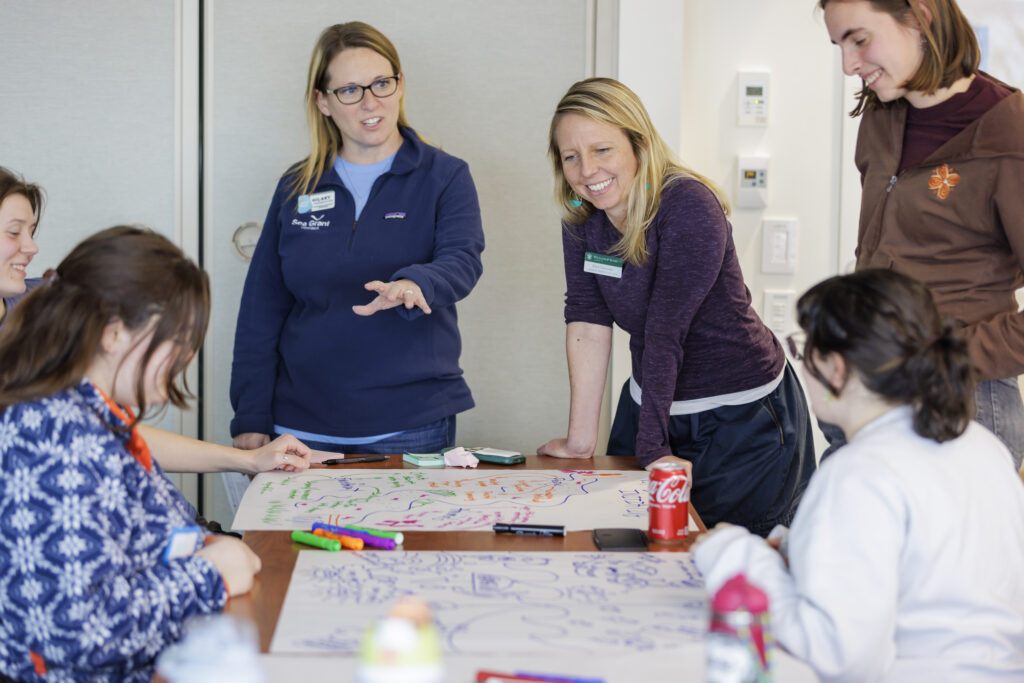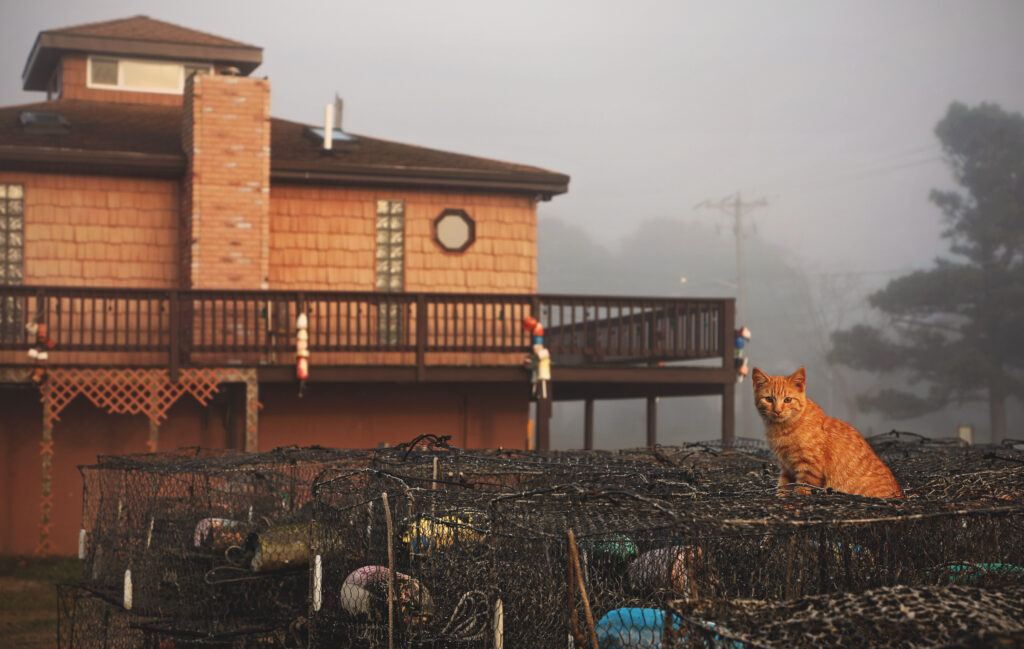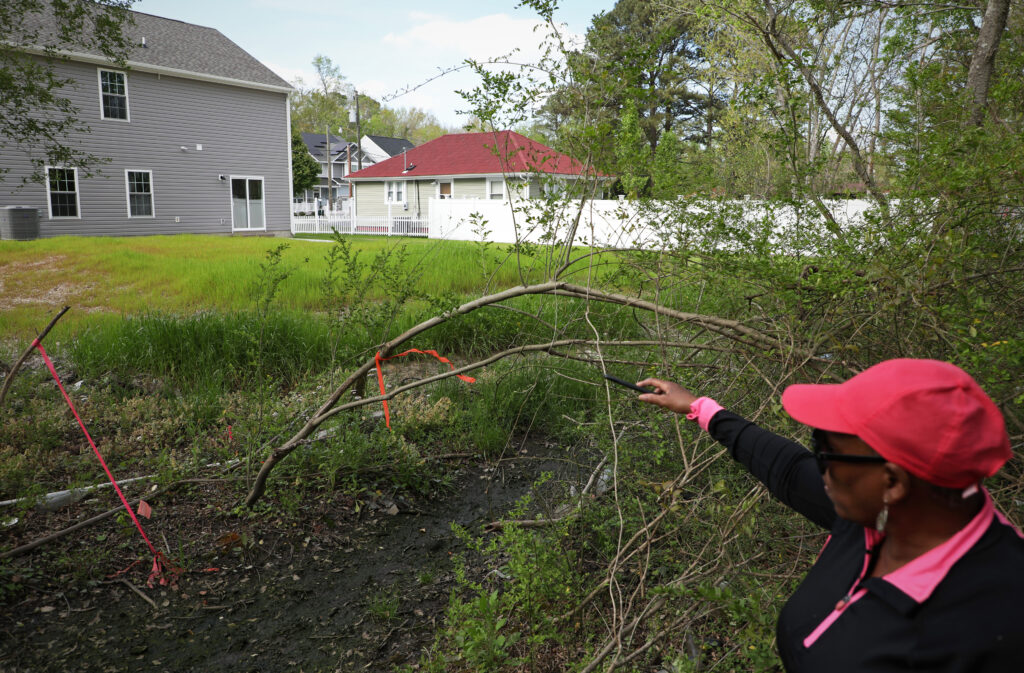Proactive Planning for Resilience: Protocols for Community-Led Climate Adaptation in Virginia
Step 3: Detailed Planning
Develop an Adaptation Action Plan
Actions:
- After determining strategies that best fit the community’s priorities, timeline and budget, develop a detailed plan with a timeline and costs for implementing the strategies. The Plan should identify specific actions to be taken along with the resource needs and the timing, and any dependencies among those actions. See Step 4 for a discussion of various funding and financing options for resilience planning, projects and programs.
- Group options into long-term and short-term. Is the priority the cost? Number of people impacted? Loss of property values or tax base? (Make sure to track coastal land value; real property may depreciate in value even while the buildings on it continue to appreciate, masking the true loss of tax base.) Loss of access to services? Loss of historic or cultural heritage? Tourism impacts? Or other factors?
- Continue to take vulnerable communities into account, including unforeseen impacts such as increasing prices for safe housing alternatives driving out socially vulnerable community members.
- Assess staff capacity to manage the implementation of the plan, including applying for and managing grant and loan funds. If necessary, include funding in the plan for additional staff and other resources. The VA Community Flood Preparedness Fund (CFPF) can provide grant funds for increasing staff capacity to develop Resilience Plans. A community’s adaptation plan can incorporate a resilience plan developed to apply for CFPF funds, but also should address other climate change-induced risks in addition to flooding, such as increasing heat, wildfire, and drought. For examples of CFPF funds being used for adaptation planning, see the resources section below.
Best Practices:
- Engage in both short-term and long-term planning. Tie in NOAA sea level rise predictive data (see Tools and Resources) to the locality’s comprehensive plan to help with determining areas where economic development should be encouraged or discouraged due to increasing flood risk. Also consider developing strategies at the watershed scale. The City of Virginia Beach did that in its Sea Level Wise plan, and also developed an “Adaptation Framework” that has multiple layers of adaptation: natural mitigations, which includes land preservation and the use of green infrastructure; engineered defenses, which includes large and neighborhood-scale structural defenses; adapted structures, which includes building codes and elevating structures; and prepared communities, which addresses strengthening socio-economic systems. For more information, see Virginia Beach Sea Level Wise (arcgis.com).
- The adaptation plan’s time horizon should align with the comprehensive plan update cycle and also have a longer-term component. It should be developed so that it can be easily integrated into the local government’s comprehensive and capital improvement plans and the budget. See the U.S. Department of Homeland Security’s Plan Integration for Resilience Scorecard for helpful information about integrating a community’s various planning efforts.
- Make plans for distribution and adequate publicity about the Adaptation Plan, decide where to house it, and ensure adequate staffing of the effort.
Community Engagement Concerns:
- Consider whether community membership and participation is impacting the hazard perception; is decision making affected by anger or fear from a recent hazardous event? (i.e., recency bias.)
Helpful Tools and Resources:
- The Watershed Resources Registry scores potential restoration and preservation sites on a scale of one to five stars and maps them, by state, for four main categories: wetlands, riparian areas, terrestrial areas, and stormwater management control.
- Maine Sea Grant and its partners decided to focus on how coastal hazards pose risks to economically and socially vulnerable community members. They developed the Maine Social Resilience Project, which creates connections between the groups that help prepare for, respond to, and recover from coastal hazard events and support the most vulnerable community members. The project works to strengthen cross-sector networks to provide services to socially vulnerable people during storm events. The partners in the initial Southern Midcoast Maine project1 developed a Social-Resilience-Planning-Guidebook.pdf (wellsreserve.org) to help others interested in designing and implementing social resilience projects in their regions. For more information, see the project’s final report: Social-Resilience-Project-Scenario-Planning-Exercise-Report-Final.pdf (wellsreserve.org).
1 Bowdoin College, The Nature Conservancy, Blue Sky Planning Solutions, Kennebec Estuary Land Trust, Maine Sea Grant and University of Maine Cooperative Extension, Casco Bay Estuary Program and Wells National Estuarine Research Reserve.
Sample Resilience Plans in Virginia:
- The City of Norfolk’s Office of Resilience released a Resilience Strategy Plan. While this resilience plan was created prior to the existence of the Community Flood Preparedness Fund (CFPF), there have been several projects funded through the CFPF for the City of Norfolk. In 2021, the City received almost two million dollars in funds through two rounds of awards for a Coastal Storm Risk Management Analysis, a watershed study on Lake Whitehurst, and a watershed master plan with the purchase of flood sensors. In 2022, the City received almost $25 million for a new flood protection barrier system in the downtown area; see here for the application and here for the scoring sheet. The City was also awarded $1.12 million in support for the Riverside Memorial Cemetery Shoreline Stabilization project (application, scoring sheet). In 2024, the city received three grants for $2.3 million for a living shoreline in Grandy Village (application, scoring sheet), $3.7 million for a living shoreline in East Ocean View (application, scoring sheet), and over $300,000 for a living shoreline in Steamboat Creek (application, scoring sheet).
- The City of Virginia Beach has put together many resilience related reports, including the comprehensive Sea Level Wise Adaptation Strategy in 2020. The City has also established a Flood Resiliency Toolkit. In 2021, the City received $3 million from the CFPF for a wetland and floodplain restoration project in the Elizabeth River and almost $2 million for a stormwater project. In 2022, the City received a further $2 million for stormwater improvements on First Colonial Road and Oceana Boulevard (application, scoring sheet). In 2024, the City received $5 million for a marsh restoration project in the Back Bay (application, scoring sheet).
- The Office of Resilience in Hampton created a resilience plan in 2021 with a grant of $150,000 from the Virginia Community Flood Preparedness Fund, which can be found here. In the same year, Hampton received a further $200,000 for a resilience project in Honor Park and living shoreline in Mill Point. In the second round of awards, the city received almost $10 million across four projects: the Big Bethel Blueway, the Sunset Creek Naturalization Project, the Billy Woods Canal, and the Lake Hampton and North Armistead Avenue project. In 2024, the City was awarded almost $2 million for a stormwater plan in Upper Town Run (application, scoring sheet), $360,00 for a water plan for three neighborhoods (application, scoring sheet), and $775,000 for adapting Long Creek Blueway (application, scoring sheet).
- In 2022, Dickenson County created a flood resilience plan, which was followed by a grant from the CFPF for over $2 million for acquisition, flood proofing, and restoration (application, scoring sheet).
- The City of Winchester has submitted three successful CFPF grant applications. In 2021, it was awarded $65,040 in CFPF funds to develop a resilience plan (application). In 2023, it applied for another CFPF grant and was awarded $62,960.18 in funding for their Featherbed Lane Floodplain Improvement Study (application). In 2024, the City was awarded $270,000 for their Compound Flood Study (application).
To see more successful grant applications for resilience planning, including specific projects and the creation of overall plans, see the list of grant rounds here. This page also contains the draft manual for round 5 of funding, which outlines the Department of Conservation and Recreation’s requirements for a resilience plan in Appendix F. The nonprofit organization Wetlands Watch also has some additional localities’ resilience plans published on their website at https://wetlandswatch.org/community-flood-preparedness-fund.



